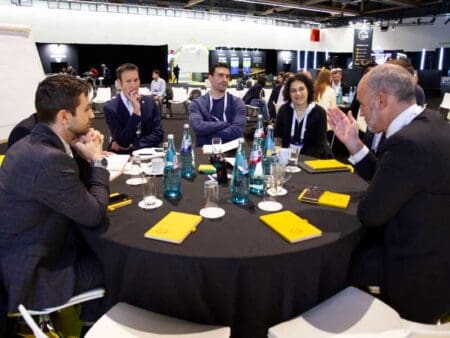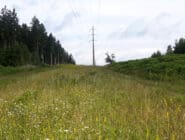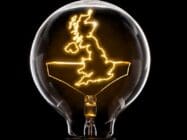
A new report from Enlit highlights six barriers that are holding back Europe’s energy transition with recommendations to overcome them.
Breaking Barriers: What’s Holding Back Europe’s Energy Transition, is based on a delegate survey and round table think tank at the Enlit Europe 2022 event with supplementary expert interview input to identify the challenges and needs for the region’s energy industry to meet the Paris Agreement targets for 2030 and beyond.
With almost half of the respondents in the delegate survey believing that those 2030 targets will be missed by five years or more – and likely in turn putting in doubt the meeting of the 2050 targets – the scale of the political and industry’s collective challenge is laid bare, as is the need for urgent action at all levels.
Have you read?
Data and creativity can help solve the energy transition’s biggest challenges, say DISTRIBUTECH keynote speakers
Navigating the energy transition in a time of geopolitical uncertainty
The six barriers are as follows:
- High costs, and in particular how these will ultimately be paid by consumers.
- Supply chain weaknesses, both short term, such as the conflict in Ukraine, but also long term, such as the infrastructure investment required to meet the energy transition.
- Inflexible grid infrastructure, including outdated regulation, restrictions slowing the pace of infrastructure development and lack of investment incentives, e.g. for digitalisation.
- Lack of customer engagement, due in part to lack of interest and understanding but also to the current ‘top down’ business model.
- Incomplete digitalisation programmes, with functionally separate parts of the generation-transmission-distribution-consumer value chain and the differing resource abilities within companies.
- Political will and market design, including a lack of high level leadership and strategic direction and limited coordination between the various market players.
Notably of these inflexible grid infrastructure and political will and market design were rated as the most significant, with both being cited by over 80% of the survey respondents, and with incomplete digitalisation closely following.
Have you read?
E-mobility deployment and its impact on European transmission and distribution grids
Gridlock: how the Netherlands hit capacity
Energy transition recommendations
Turning to the recommendations, the report highlights that the energy transition is a one-time expense that will ultimately make energy cheaper and customers should be able to benefit immediately if for example renewable energy prices were decoupled from that of fossil fuels.
Costs also can be contained if projects are assessed for their whole system value.
Similarly, a system value approach is needed for procurement to optimise supply chain costs.
Regarding the grids, these need to be redesigned from the bottom up with the right incentives and rewards and flexibility trials need to be scaled up massively.
The key recommendation for the digitalisation challenge is to view the energy transition as a platform problem, with the creation of modular ‘platform of platforms’ with free flow of data, while at a high level a centralised market plan with market harmonisation across European countries is required.
Kelvin Ross, Editor-in-Chief of Enlit, says the report doesn’t flinch in highlighting the bottlenecks to progress that the sector is facing, but it also has a roadmap to overcome them.
“The energy sector is facing its own ‘pandemic moment’ and needs to deliver an energy transition vaccine: it needs to work out how to compress what usually takes several years into several months. Our report suggests where it should start.”









